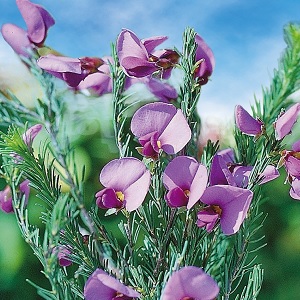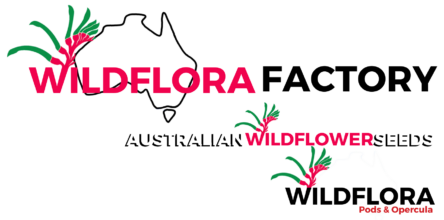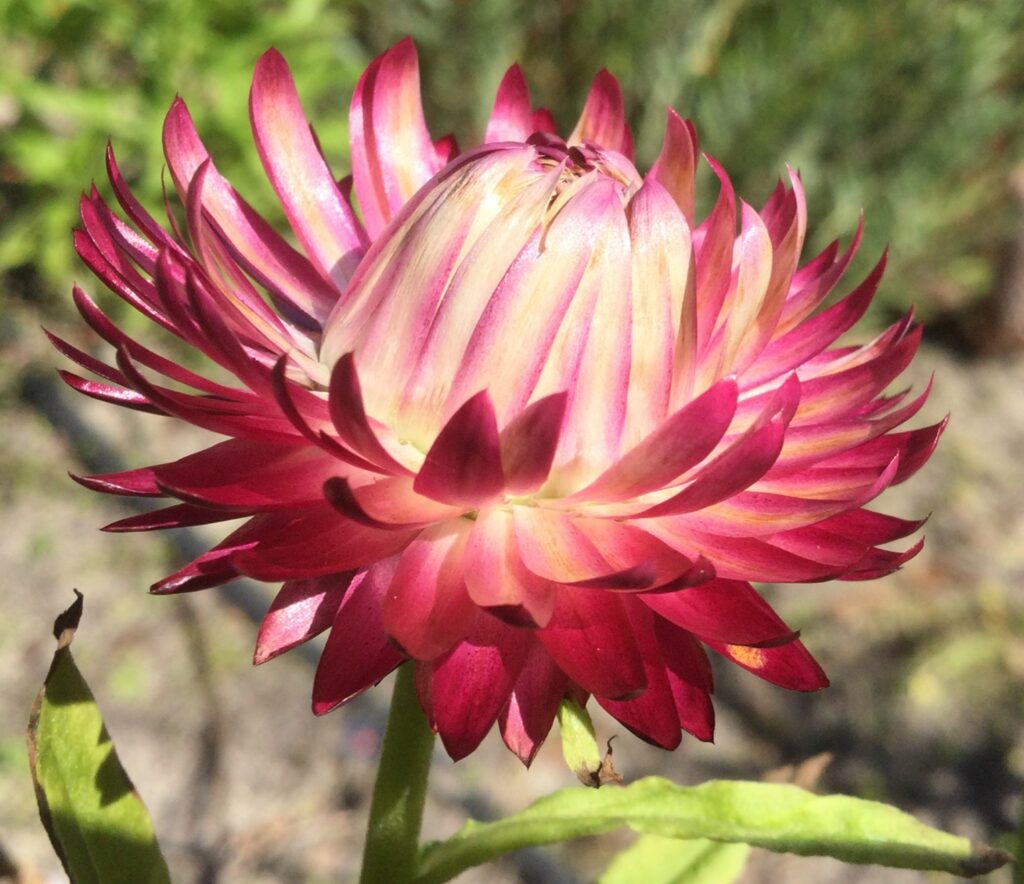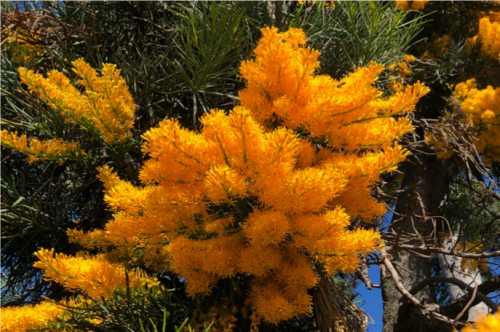Dieback in Australian Native Plants – an introduced plant disease
Dieback (Phytophthora cinnamomi) or Cinnamon Fungus as it was once commonly called, is a foreign plant pathogen. The pathogen is a microscopic water mould that attacks the root systems of susceptible plant species.
Phytophthora (pronounced fy-TOFF-thora) species are water moulds carried in soil and water that cause root-rot disease symptoms and eventual death to a wide variety of native plant species, exotic fruits, vines, nuts and ornamental plants. There are at least 300 species of Phytophthora worldwide with Phytophthora cinnamomi being the most common, destructive and widely distributed species.
Phytophthora cinnamomi was first isolated from a cinnamon tree in and was most likely introduced to Australia on soil around the roots of cultivated plants shortly after European settlement in the early 1800s. However, it wasn’t until the 1960s and 1970s that it was first recorded in many Australian states.
Phytophthora cinnamomi does not spread quickly by itself across the landscape. Instead people are the prime movers of the pathogen. Numerous activities can lead to the inadvertent movement of infected water, soil and plant material. Over time, the pathogen has been widely dispersed across several States of Australia and while some localised treatment is possible, there are as yet no means to eradicate it in the field.
Heathlands and heathy forest communities have been significantly impacted by the pathogen. In some ecosystems the impact has been dramatic, leading to the loss of many plant species and native animals that depend upon them for food and shelter.
Research into the resistance of some species may provide a key to long-term management. Presently however the aim is to curb further spread. Efforts are being made in every State of Australia to prevent inadvertent spread of the pathogen. This requires improving hygiene procedures and appropriate planning of area usage and management of human access to and exit from affected areas.
The Dieback Working Group in Western Australia has published some good information about managing Dieback in the soil. Visit www.dwg.org.au/ to explore the information on their website.
A useful 2-page Facts Sheet about Dieback produced by the Australian Government can be found at the following web address:
http://www.environment.gov.au/search/site/Dieback%20in%20plants
Phytophthora cinnamomi is a major threat to natural bushland and forests – and suburban gardens. There is no known cure for the disease nor is there any way of stopping its spread once it has infested an area. The spread into new areas can only be slowed by preventing the dispersal of infested soil or plant material.
A very helpful and easily read report on the effects of and responses to Dieback produced by the Government of South Australia can be found at the following web address:
http://www.environment.sa.gov.au/Home/Search_Results?dlv_Site%20Wide%20Search%20Results=(keyword=Phytophthora)
Some people claim they have ways for saving infested plants in small areas such as a suburban garden. We are not currently aware of any such methods. Should we learn of any effective methods for the home gardener to use we will add that information to this website.
Other sources of information can easily be found across the Internet by searching for “Phytophthora cinnamomi” via any of the major search engines.

DISCOUNT OFFER
GET 50% OFF
While stocks last or until offer is withdrawn


